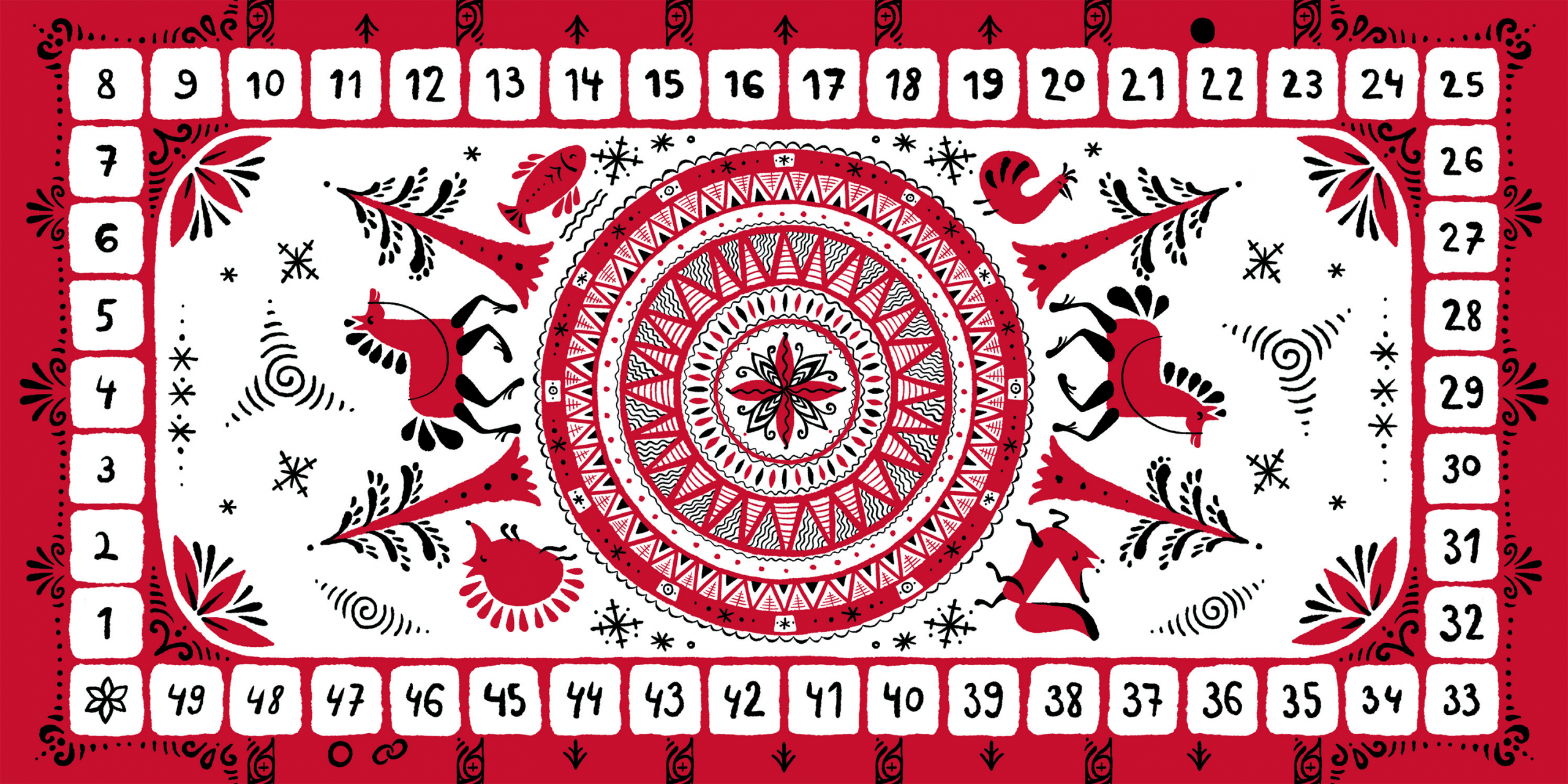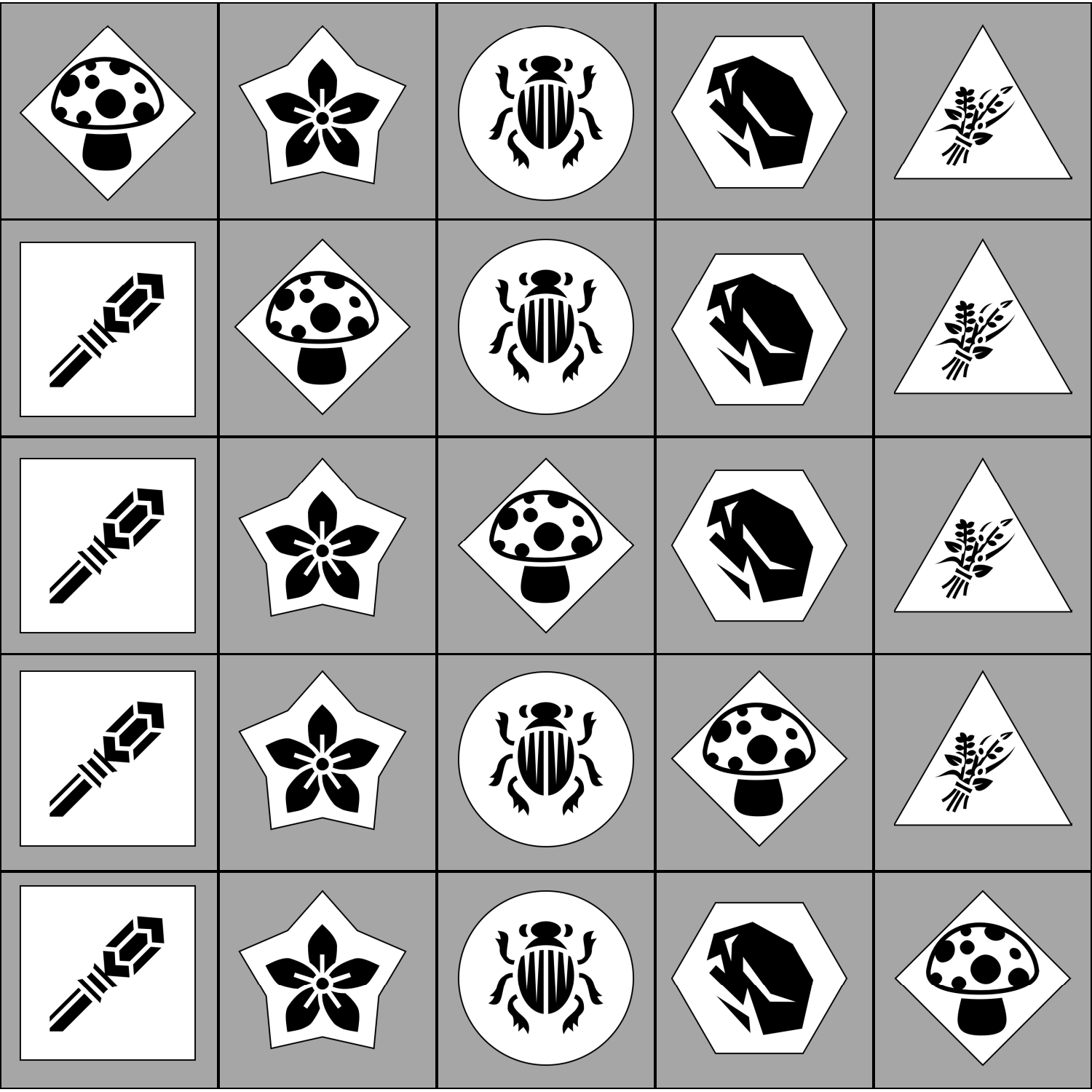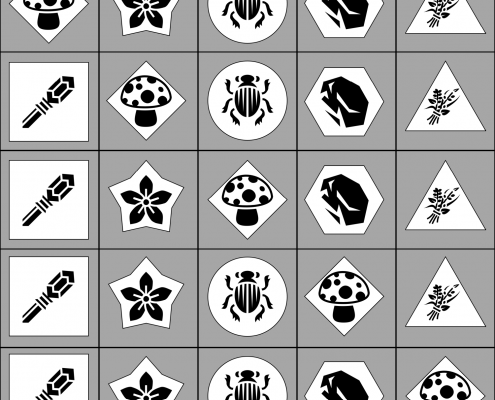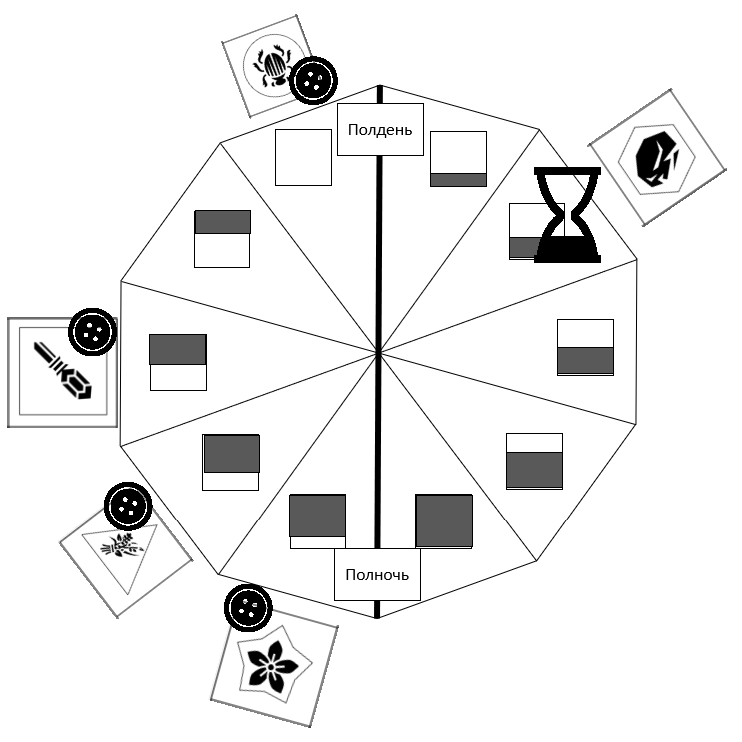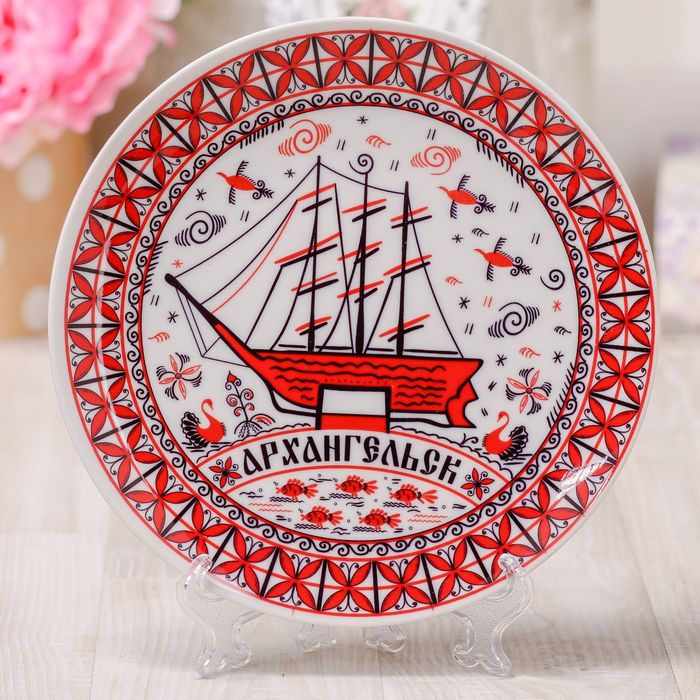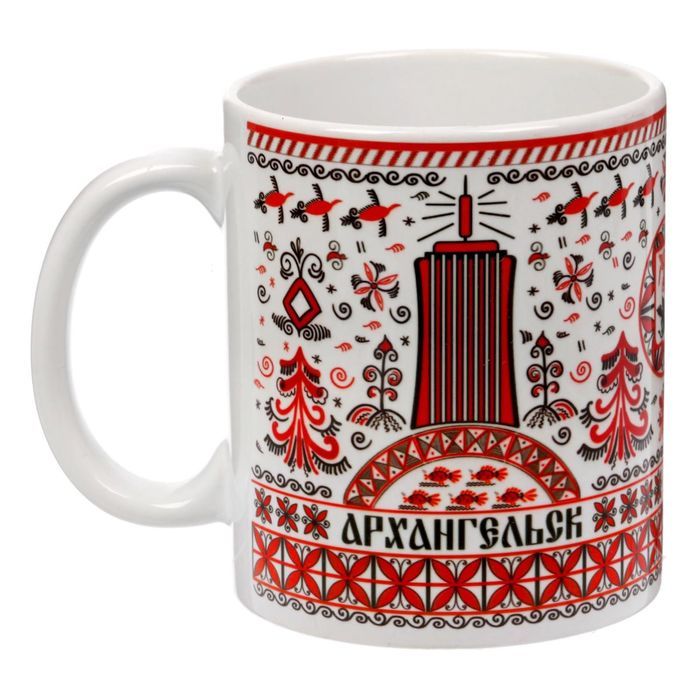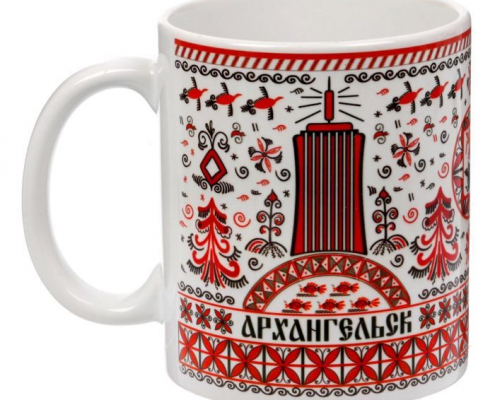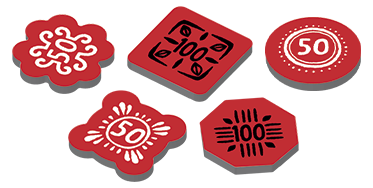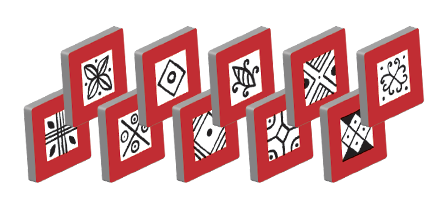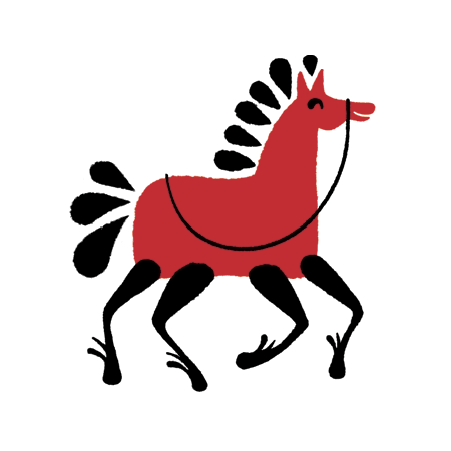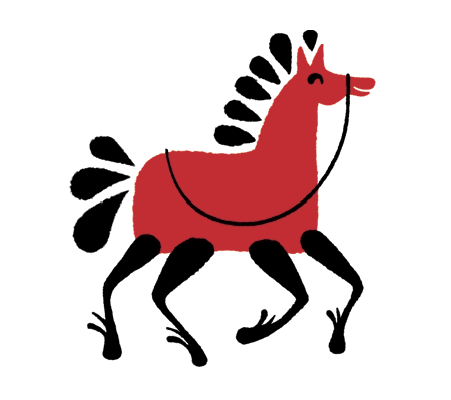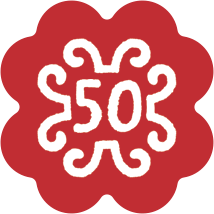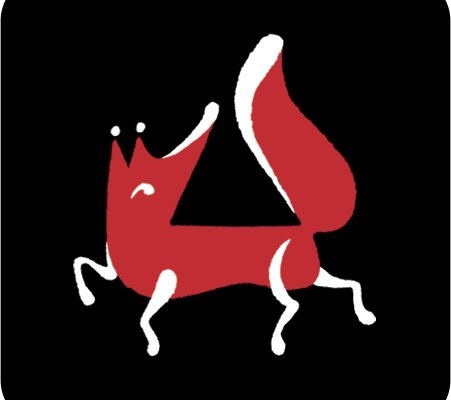MEZEN
History of the Game’s Setting
Hey there and welcome to our Game Creation series.
Today we are going to dive into the story of how the idea of Mezen, our brand-new release, appeared and developed into the game of unique style and art. It will soon be shown to reviewers and our foreign partners to have a chance to be launched all over the world.
When the game came to our developing studio in 2022 it wasn’t anywhere near what it looks like now (and you can see from the pictures that the original theme had different symbols with no real connection between each other). It took somewhat a month to adjust the mechanics and to make sure the gameplay is balanced, and then it got to the hands of our producer for the game to fully show itself.
The idea to connect it to some art of northern cultures had been out there for some time, but there were no specifics. We tried to use Siberian nations clothing ornaments, tried Gzhel and Hohloma, but those were the things that are very common to everyone in Russia and even all over the world. But we wanted to find something unique. It somehow turned out that Vladimir Grachev, the producer of the game, who worked on the setting and the whole how-it-has-to-look-like thing, was from Arhangelsk – a place of great historical significance in terms of folk craft. So the idea of the setting sprang up from of our producer’s roots. Vladimir came up with the idea of Mezen art that is common in Archangelsk, but actually not well-known in other regions.
Mezen painting is one of the Russian northern painting styles, which originated near the river Mezen in Arkhangelsk Governorate and became popular in the 19th century. In the olden times, northern craftsmen would decorate spinning wheels, baskets and kitchen utensils with Mezen paintings.
Nowadays, Mezen art is still alive, yet not so popular as it used to be. The style has changed a bit, modern artists started adding something to it – for instance, new animals that weren’t traditionally depicted by craftsmen. While visiting Arhangelsk one may find souvenirs with the famous painting – one of the forms in which the craft continues to exist.
The Mezen style combines Finno-Ugric patterns and symbols with the images of animals that were common in the river area.
For people of those times every symbol had a meaning, so the whole painting created a story of a person’s life.
Most of the patterns and symbols in the game are not random as well: the majority of them reflect meanings connected to earth, ground, soil and so on. For instance, amulets are designed with the symbols of soil, seeds and plants.
In order to create the appearance of the game and keep it authentic Vladimir did impressive research, read study guidelines, reference books and even consulted an expert in the sphere!
And still at some points he had to sacrifice visual precision for the sake of playability:
In Mezen craft only two colors would be used to apply this style of painting – black and red. This is due to the harsh climate and long winters of Arkhangelsk Governorate. The black color would come from soot and the red – from local clay. The painting was applied with wooden sticks, feathers of the capercaillie or the black grouse, and brushes made of hair for intricate details. At the end, the finished painting would be glossed with drying oil – a film of plant oils and resin.
The game, however, bends the traditions in some ways. The back side of the tiles has black background with white and red-colored ornaments – only this way it has become possible to easily figure out which side is which during the game process.
Yet color was only one of the many parameters we had to closely work with.
In our next story we will elaborate on the topic of how the design transformed, what we tried to change and achieve, how these decisions were made and why. So stay tuned not to miss our next Game Creation series!

